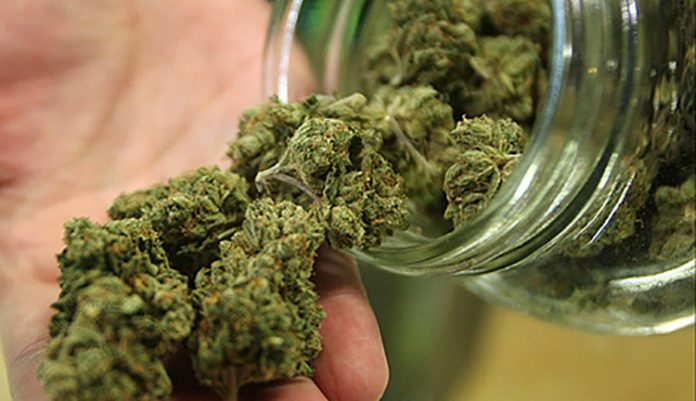On Aug. 7, 2017, Jeff Hunt wrote an op-ed purporting to document what had changed in Colorado since marijuana legalization went into effect. What he describes is a dystopian hellscape of childhood drug addiction, disappointing taxing revenue and stoned drivers presenting a constant threat on the highways. He concluded that “[t]he negative consequences of legalizing recreational marijuana will be felt for generations.”
To many of us who live and work in Colorado, Hunt describes a world we don’t recognize. Our state is booming: the population has grown 10 percent since 2010, Denver’s skyline is perpetually dotted with construction cranes, and the city recently made the shortlist of cities competing to host Amazon’s second headquarters. Gov. John Hickenlooper, who initially opposed legalization in the state, has become a cautious supporter.
Perhaps the truest statement in Hunt’s piece appears in the last paragraph: “The true impact of marijuana on our communities is just starting to be learned.” Five years after marijuana legalization passed in Colorado and four years after the first retail stores opened, there is still robust debate around how successful legalization has been in the Centennial State.
Part of the problem of describing what’s changed in Colorado is identifying time periods to compare. Colorado passed a constitutional amendment authorizing medical marijuana in 2000, saw an explosion of medical dispensaries beginning in 2009, regulated those dispensaries in 2010, approved recreational marijuana by initiative in 2012 and opened adult-use marijuana stores in 2014. When trying to determine the “before” period to compare to the post-legalization period, which of these is the appropriate date?
All too often, both those in favor of marijuana legalization and those opposed to it pick and choose data to support their position. Denver’s district attorney stated that legalization has led to an increase in murders, car thefts, robberies and home invasions, while another study released just a few months later argued that no increase had taken place. One can find studies that show youth consumption of marijuana has gone up since legalization, as well as those showing a drop.
With only three years of data on a regulated market available in Colorado (and far less in other states that legalized after it) it may be some time before clear trends in the data emerge.
It is also important not to confuse correlation with causation. For example, legalization opponents often remind us that Colorado has one of the highest rates of marijuana consumption in the nation. While this could be evidence that legalization causes marijuana use, it could just as plausibly represent the idea that marijuana use leads to marijuana legalization. Perhaps those states where marijuana use is high are more likely to view marijuana as a relatively benign substance to be taxed and regulated than treated criminally.
Another confounding factor is changing enforcement practices. As law enforcement officers are trained to recognize the symptoms of marijuana-impaired driving, for example, they may become better at detecting it and will arrest more motorists for driving under the influence, regardless of whether more people are committing the crime. In addition, because marijuana is processed very differently in the body than is alcohol — it can stay in the body for days or weeks after use — it is important not to view every crash in which the driver tests positive for marijuana as a “marijuana-related incident.” The parallel to blood alcohol levels is a misleading one and developing a measure of marijuana intoxication is a topic that has vexed lawmakers since legalization.
No one argues that marijuana legalization has proceeded flawlessly in Colorado or elsewhere. There are significant complications associated with taxing and regulating conduct that the federal government continues to see as criminal in all instances. Regulators and lawmakers need to be nimble in responding to patterns in consumer behavior and to ever-changing signals from the federal government. As they do so, they must look carefully at those who invoke questionable statistics to influence policy. They should also recognize that an important part of any marijuana law reform is the collecting of good, objective data to influence policy going forward.














